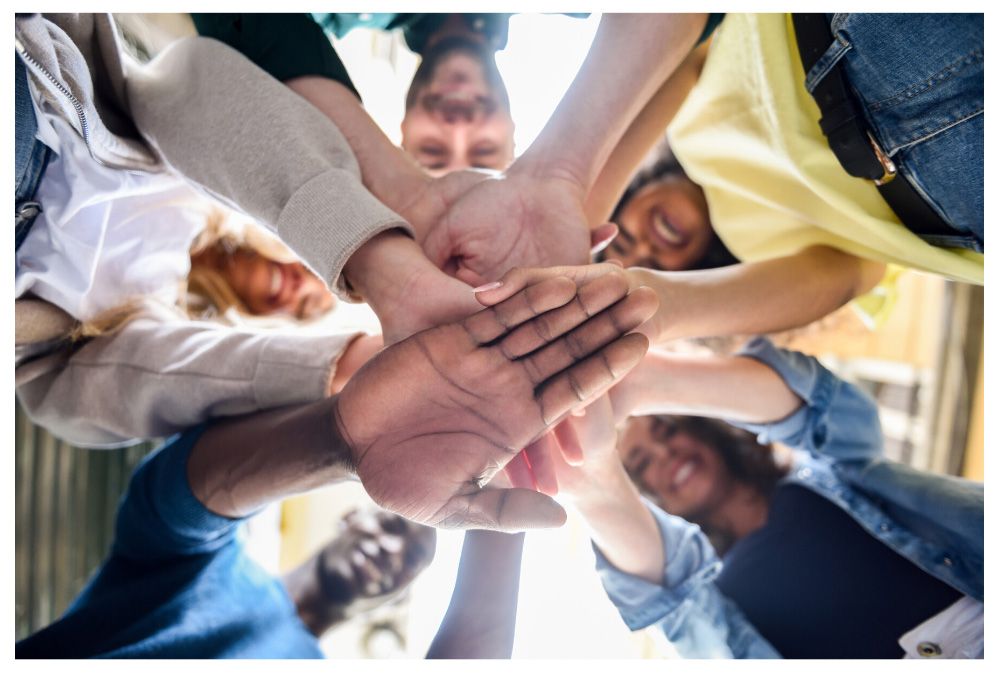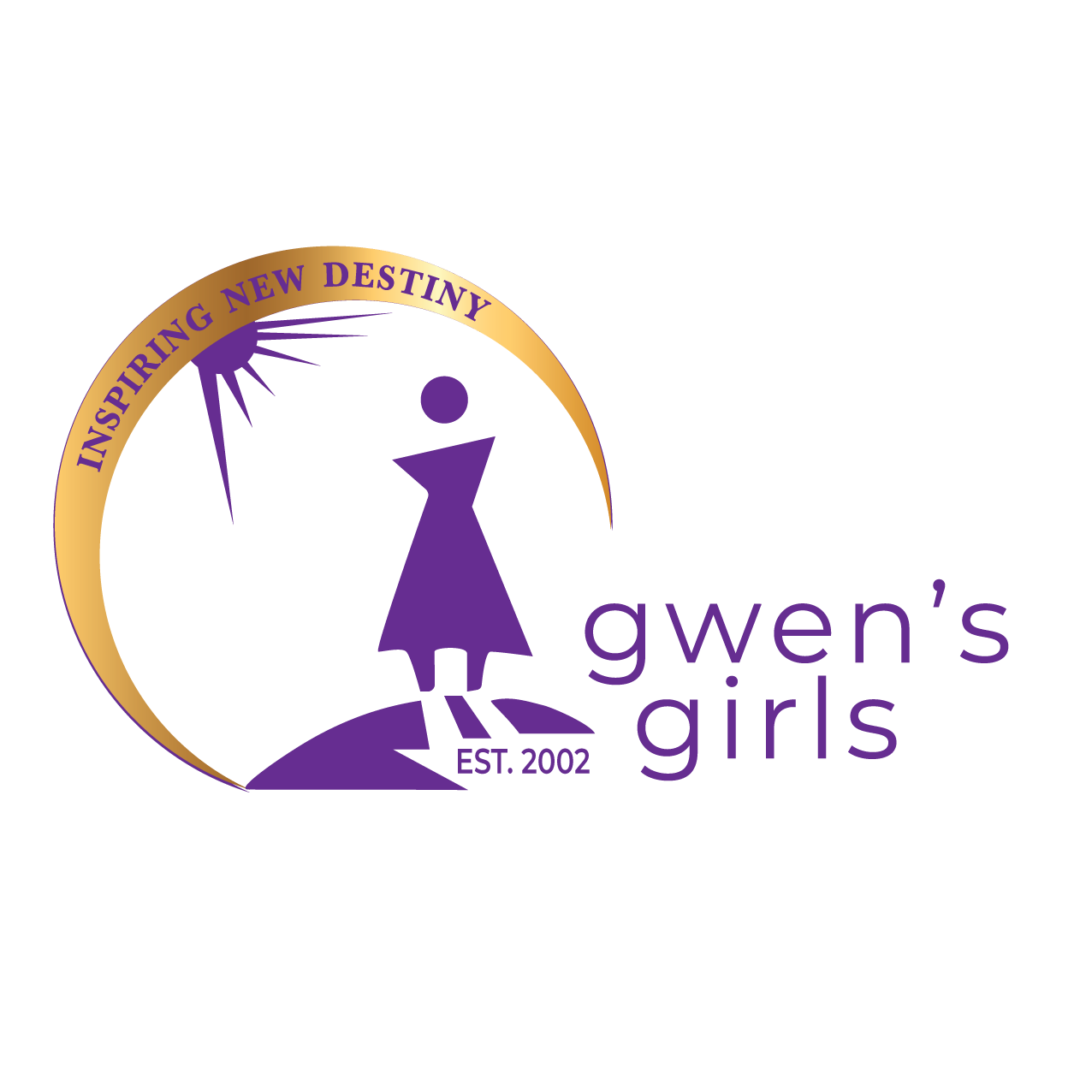
What is the Sanctuary Model?
The Sanctuary® Model is a blueprint for clinical and organizational change which, at its core, promotes safety and recovery from adversity through the active creation of a trauma-informed community. A recognition that trauma is pervasive in the experience of human beings forms the basis for the Sanctuary Model’s focus not only on the people who seek services, but equally on the people and systems who provide those services.
History
The Sanctuary Model was developed in the early 1980s by Dr. Sandra Bloom and colleagues in Philadelphia after noticing the same clients coming back into care after receiving treatment. They hypothesized that looking at the current symptoms of patients was not solving the underlying issue of past trauma. They originally developed the model in an inpatient hospital setting, but it has been adapted and successfully used in a variety of settings such as schools, juvenile justice, outpatient treatment, and foster care. The Sanctuary Model is not one specific program that is instituted the same way in every setting. Instead, it is a shift in the framework of the organization to become trauma-informed and promote healing.

How do we use Sanctuary?
Community Meeting
This is a short check-in that opens every meeting or start of programming which allows us to connect with each other, identify issues, and plan for the future. It allows you to support one another to prevent people from being stuck in everyday life. The community meeting consists of three questions: How are you feeling today? | What is your goal for today? | Who can you ask for help?
Seven Commitments
Staff and clients alike must agree to the seven commitments in order to create a community that helps people heal from traumatic experiences and chronic stress. The seven commitments include: commitments to nonviolence, emotional intelligence, social learning, open communication, social responsibility, democracy, and growth and change.
Saftey Plans & Self Care
These are two important tools used by the Sanctuary Model to help regulate emotions and prevent stress and burnout on a regular basis. All our girls and staff in the afterschool program have safety plans. Safety plans are a list of 3-5 things you can do when you feel stressed, have anxiety, feeling overwhelmed, etc. It’s a way to take time to recognize your emotions and an attempt to bring you back to present.
S.E.L.F.
SELF stands for Safety, Emotions, Loss, and Future. It is used in the Sanctuary Model as a way of analyzing and taking steps to solve problems, including in the treatment planning and service plan process. Staff and clients alike can use SELF to organize our conversations and ensure we are speaking the same language.
